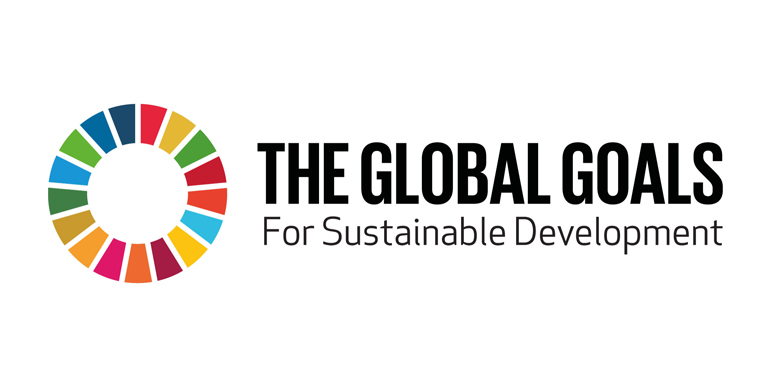
Taking action on the SDGs goes beyond sustainability reporting
Three years on, where do we stand? The Sustainable Development Goals Report, which was released earlier this year, details the global progress towards achieving the SDGs. Indeed, there are areas where the world is making significant progress. However, for the most part, across all 17 goals there is still much work to be done.
Let’s take SDG 13 as an example: Take urgent action to combat climate change and its impacts. 2017 was one of the warmest years on record, 1.1 degrees Celsius above the pre-industrial period. The temperature rise is linked to the sea level rise, the extreme weather, and concentrations of greenhouse gases.
Meeting SDG 13, as well as the others, goes beyond business as usual and requires a collaborative effort from all, including the private sector. If done right, the returns can be promising, as suggested by the Business and Sustainable Development Commission in a 2017 report that the SDGs could present at least US$12 trillion in business opportunities.
Many global companies are taking notice, and mentioning the SDGs in sustainability reporting is trending upwards. That said, simply stating that your business cares about the Global Goals is not enough to reach them. If you jump directly to reporting, vital steps of learning how your business can impact and influence the SDGs, and how to minimise risk and maximise returns will be missed.
One recent study found that of the 101 companies that discuss the SDGs in their corporate reporting, 75% discuss the impact the business has on the goals, but only 8% demonstrate the business case in addressing them. The report also noted that a majority of the companies reviewed in the study had yet to give a balanced view of their impacts on the SDGs.
CLP is one of the largest power businesses in Asia Pacific. In their latest Sustainability Report, CLP announced not only how their business impacts the SDGs, but also how the SDGs impact their business. Given the energy sector’s share of global carbon emissions, SDG 7, Clean and affordable energy, and SDG 13, Climate action, are undoubtedly among the goals that are the most relevant to a power business.
Having introduced their carbon intensity reduction targets over a decade ago, CLP has recently refreshed their goals. These include a new interim carbon intensity reduction target, a renewable energy target of 30% and a non-carbon emitting target of 40%, all of which are to be achieved by 2030. To them, the SDGs were considered in this target setting process to align with a global language and timeline.
In addition to energy and carbon targets, CLP has prioritised SDG 8, Decent work and economic growth, as well as SDG 9, Industry, innovation and infrastructure. If they had not taken efforts to understand the SDGs and define their priorities, it would not have been possible for them to land on these additional, and perhaps less obvious, goals. Once the priorities are set, it is also important to set relevant targets and align the actions across the company.
This year’s CSR Asia Summit will feature an interactive workshop on Aligning Commercial Objectives with Achieving the SDGs. Speakers including Hendrik Rosenthal, Director – Group Sustainability at CLP, along with representatives from other progressive companies including BASF and Gammon Construction Limited, will share their insights into how to select and prioritise meaningful SDGs. For more information, please contact Samantha Woods or Julia Whitney from CSR Asia.
To learn more about the stages to take action on the SDGs, visit the SDG Compass, or contact CSR Asia.